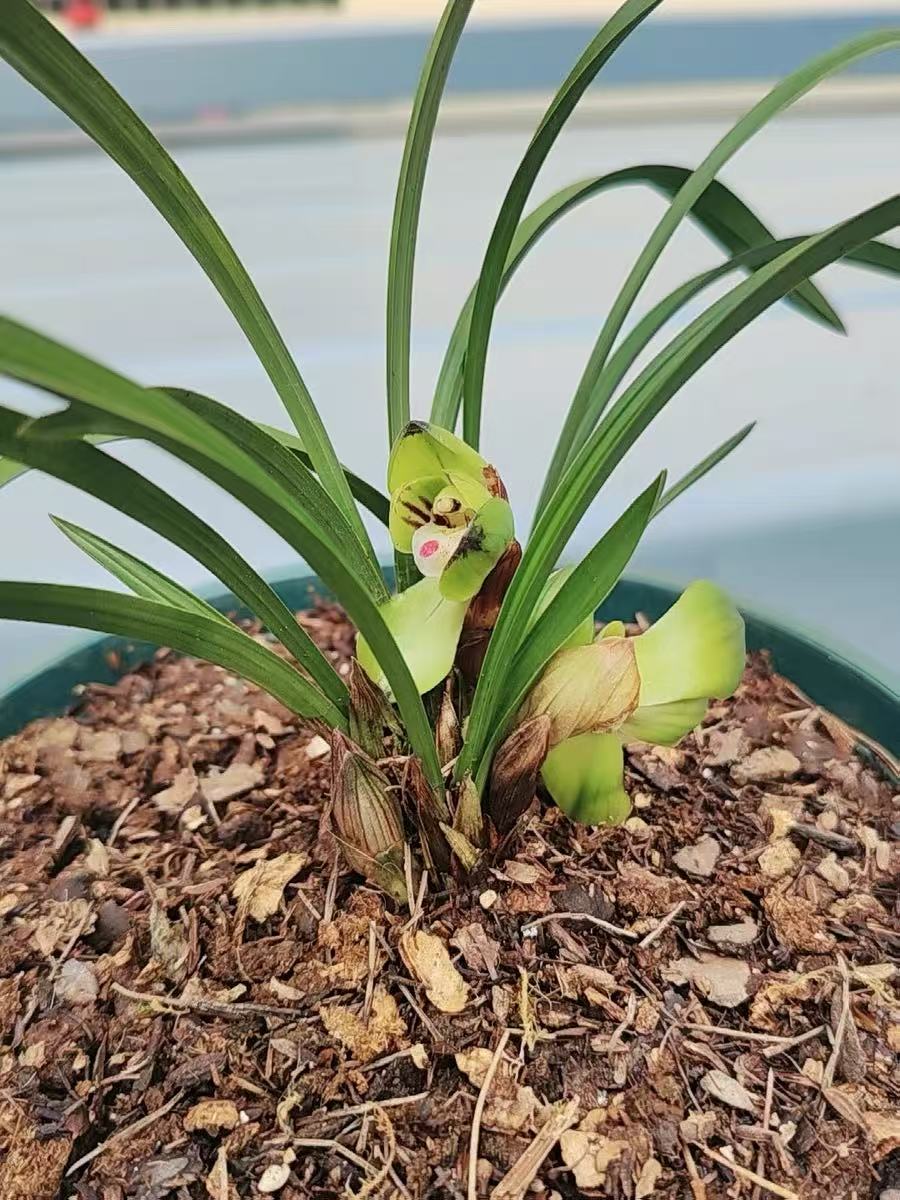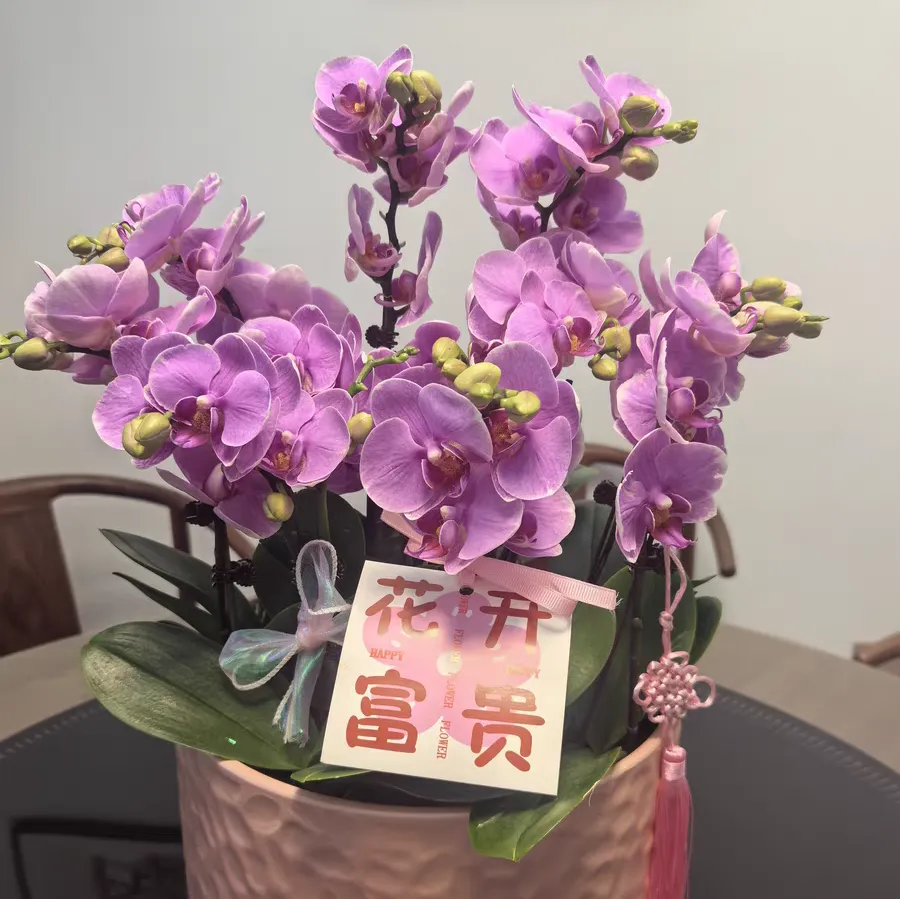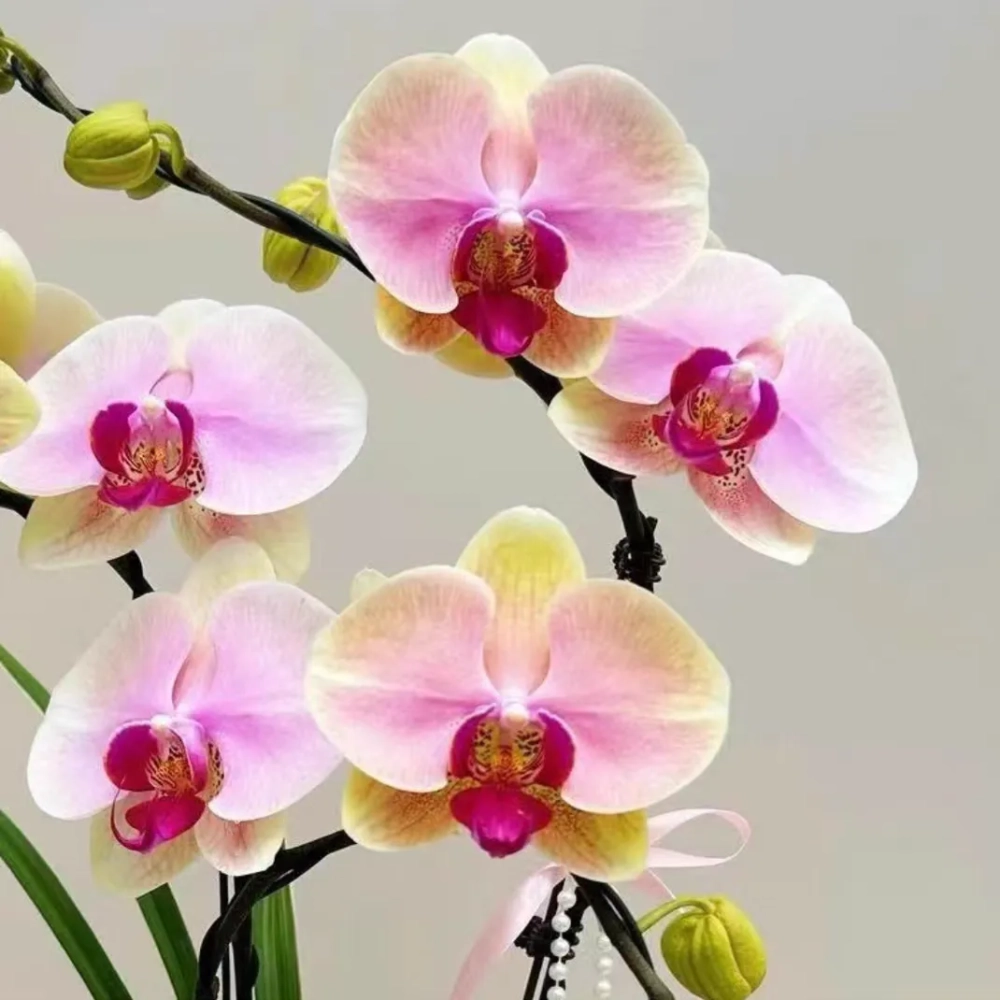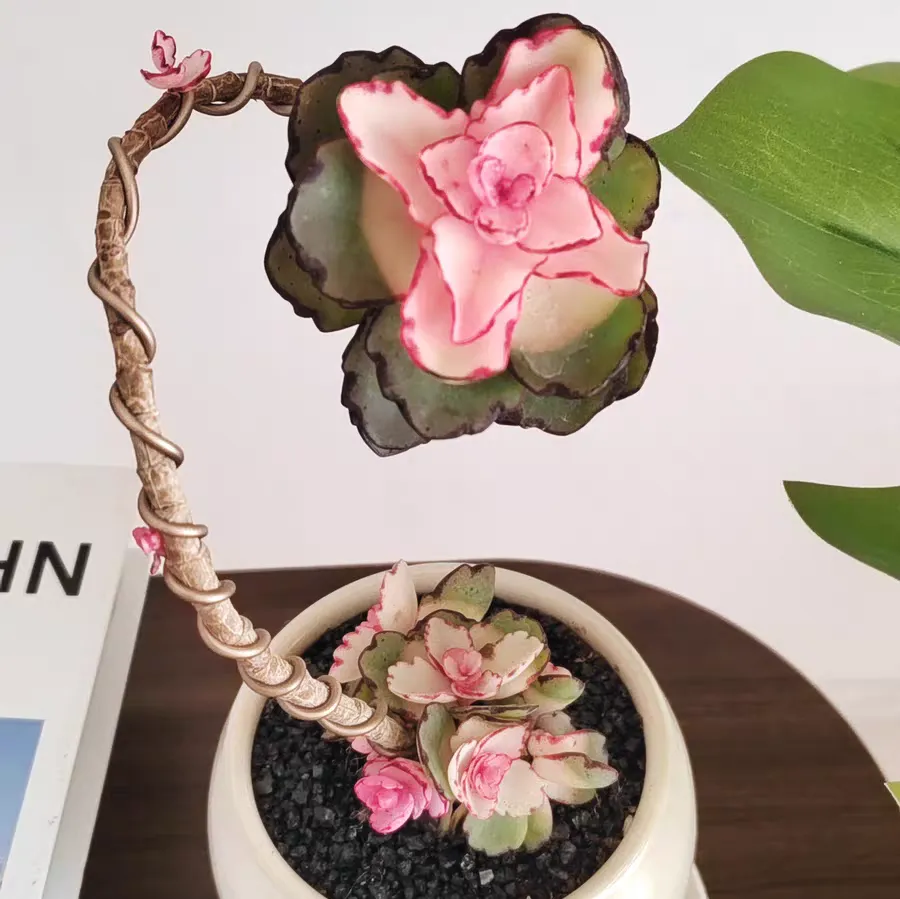Orchids are elegant and noble, making them the first choice for many families to decorate their living rooms and cultivate their sentiments. However, when faced with a wide variety of orchids, how should one select the varieties that are suitable for home cultivation?
Key Elements for Choosing Orchids for the Family
Environmental Adaptability: The home environment differs greatly from the natural environment, with variations in lighting, temperature, and ventilation conditions. When choosing an orchid, it is necessary to give priority to considering its adaptability to the home environment. For example, if the north-facing balcony has weak lighting, it is not suitable to cultivate varieties that have a high demand for light. In an enclosed space with poor ventilation, it is necessary to avoid choosing delicate varieties that are prone to diseases.
Maintenance Difficulty: Most people who cultivate orchids at home are amateur enthusiasts, so it is necessary to choose varieties with a moderate level of maintenance difficulty. Beginners are advised to avoid varieties that have strict requirements for temperature, humidity, and planting media. It is preferable to choose orchids that are easy to manage and have strong stress resistance, which can reduce the threshold of maintenance and increase the success rate of cultivation.
Ornamental Value: The ornamental value of orchids is reflected in aspects such as the flower shape, flower color, and leaf posture. Some varieties have unique flower shapes, some have gorgeous flower colors, and some have elegant and flowing leaves. You can select the orchid varieties that match your personal aesthetic preferences and the style of your home decoration, making them a unique scenery in your home.
Scent Preference: Some orchids have a strong fragrance, some have a mild scent, and some even have no fragrance. For families that are sensitive to scents, it is necessary to learn about the fragrance characteristics of the varieties in advance and avoid choosing varieties with an overly strong or pungent scent to create a comfortable home atmosphere.
Cymbidium goeringii: As a traditional famous flower in China, Cymbidium goeringii is renowned for its "elegance" and is a classic choice for home cultivation. Its plant is small and delicate, with single flowers. The flower diameter is 4-5 centimeters, and the flower colors are rich, including light green, yellowish green, purplish red, etc. Some varieties also have a delicate and refreshing fragrance. The leaves are narrow and slender, generally 20-40 centimeters long, elegant and flowing, and of high ornamental value.
Maintenance Key Points: Cymbidium goeringii prefers scattered light and is suitable for being placed on the windowsill on the east or west side of the room to avoid direct strong light. The suitable growth temperature is 15-25°C, and it can tolerate short-term low temperatures in winter. When watering, follow the principle of "watering when the soil is dry and then waiting until it is dry again". It is advisable to choose a loose and breathable mixed substrate of leaf mold, perlite, and horticultural stone for the planting medium. It has a low demand for fertilizers, and applying a thin organic fertilizer or a special orchid fertilizer once a month in spring and autumn is sufficient.
Dendrobium: There are many types of Dendrobium. Commonly cultivated varieties at home include Dendrobium chrysotoxum, Dendrobium officinale, Dendrobium 天宫石斛,etc. The flowers have various shapes and are brightly colored, with a flower diameter of 5-8 centimeters. Some petals are as slender as whiskers, and some are round and plump. When in full bloom, they are like a group of butterflies flying, which is highly ornamental. Some Dendrobium also have medicinal value, serving multiple purposes.
Maintenance Key Points: Dendrobium prefers a warm, humid, and well-ventilated environment and can be placed on a south-facing balcony or in a semi-shaded living room. The suitable growth temperature is 20-30°C, and it needs to be kept above 10°C in winter. Water frequently to keep the planting medium moist but not waterlogged, and you can often spray water around the plant and on the plant to increase air humidity. The planting medium can be prepared by mixing sphagnum moss, bark, coconut shells, etc. Apply a thin liquid fertilizer once every 1-2 weeks during the vigorous growth period.
Phalaenopsis: Phalaenopsis is a popular "exotic orchid" variety for home cultivation. Its flower stem is upright and straight, and the flowers are shaped like butterflies. The flower colors are rich, including pure white, pink, purplish red, spotted, etc. A single flower stem can bear more than 10 flowers, and the flowering period can last for 2-3 months, with a long ornamental period. Its leaves are thick and green, and the plant shape is regular. Placing it at home shows an air of elegance.
Maintenance Key Points: Phalaenopsis prefers bright scattered light and should avoid direct strong light. It can be placed near the window in the living room. The suitable growth temperature is 18-30°C, and it needs to be kept above 15°C in winter. When watering, follow the principle of "alternating dry and wet" to avoid waterlogging on the leaves, which may lead to rot. Choose a highly breathable material such as sphagnum moss and bark for the planting medium. Increase the application of phosphorus and potassium fertilizers before the flowering period to promote flower bud differentiation, and apply a balanced fertilizer once a month in daily maintenance.
When selecting orchids suitable for home cultivation, it is necessary to comprehensively consider various factors such as the environment, maintenance, and ornamental value. Cymbidium goeringii, Dendrobium, and Phalaenopsis each have their own characteristics. Whether you pursue traditional charm or love magnificent flower postures, you can find your favorite choice among them. As long as you master the correct maintenance methods, you can make the orchids thrive in the home environment.
How to Choose Orchids Suitable for the Family?

Share with
Tagged in :




Leave a Reply